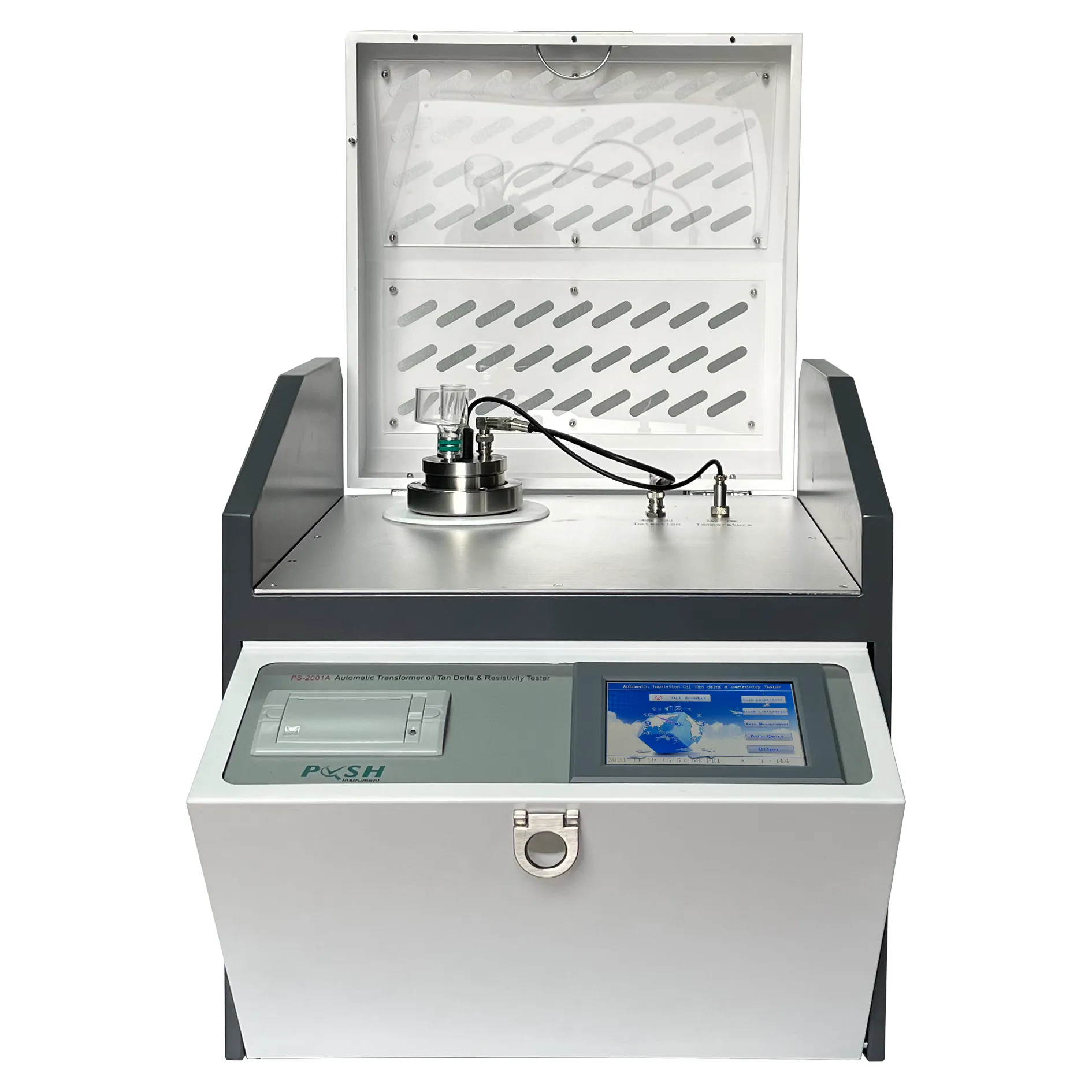 English
English


Understanding the Breakdown Voltage Characteristics of Insulating Oil in Electrical Applications
Breakdown Voltage of Oil Understanding Insulation in Electrical Applications
In the world of electrical engineering, the reliability and longevity of equipment depend significantly on the insulation materials used. One of the most crucial properties of insulating oils, commonly used in transformers and capacitors, is their breakdown voltage. This characteristic not only determines how effectively these oils can prevent electrical discharge but also influences the overall performance and safety of electrical systems. In this article, we will explore the concept of breakdown voltage of oil, its significance, testing methods, and factors affecting its value.
What is Breakdown Voltage?
Breakdown voltage refers to the minimum voltage that can cause an insulating material to fail and conduct electricity. When an electrical insulating oil is subjected to a voltage exceeding its breakdown level, it loses its insulating properties and becomes conductive, often leading to catastrophic failures in electrical equipment. For electrical engineers and system designers, understanding the breakdown voltage of oil is critical for ensuring the safety and efficiency of electrical apparatus.
Importance of Breakdown Voltage in Electrical Systems
The breakdown voltage is particularly significant in high-voltage applications, where insulation failure can result in severe accidents, including fires, explosions, and equipment damage. Transformers, in particular, rely on insulating oil for effective heat dissipation and electrical insulation. The ability of the oil to withstand high voltages without breaking down is vital for maintaining the integrity of the transformer and extending its operational life.
Higher breakdown voltage indicates a better insulating property, allowing for safer operation at elevated voltages. This is vital in power transmission and distribution systems, where high-voltage transformers are essential for efficient long-distance energy transportation. Thus, evaluating and selecting oils with an appropriate breakdown voltage can prevent costly failures and unplanned downtimes.
Testing for Breakdown Voltage
To determine the breakdown voltage of insulating oils, several standardized testing methods are employed. One of the most widely accepted methods is the ASTM D1816 test, which involves applying an increasing AC voltage between two electrodes submerged in the oil sample. The voltage at which a spark discharge occurs is recorded as the breakdown voltage.
Another common method is the IEC 60156 test, which uses similar principles but includes a distinct setup and procedure tailored to international standards. These testing methods provide critical data on how an oil sample performs under electric stress, allowing engineers to make informed decisions on its suitability for specific applications.
breakdown voltage of oil

Factors Affecting Breakdown Voltage
Several factors can influence the breakdown voltage of insulating oil, including
1. Purity of the Oil Contaminants such as water, dirt, and dissolved gases can significantly lower the breakdown voltage. High levels of moisture can form conductive paths within the oil, facilitating electrical breakdown at lower voltages.
2. Temperature As temperature increases, the viscosity of the oil decreases, which can lead to decreased breakdown voltage due to increased mobility of charged particles.
3. Electrode Configuration The design and spacing of electrodes used in testing can impact the measured breakdown voltage. Various configurations can lead to differences in electric field distribution, affecting the ease of electrical discharge.
4. Additives Many insulating oils contain additives to enhance their properties, such as antioxidants, inhibitors, and moisture absorbers. These additives can alter the breakdown voltage and overall performance of the oil.
5. Aging Over time, insulating oils can degrade due to thermal and electrical stress, reducing their effectiveness and lowering breakdown voltage. Regular monitoring and testing of oil samples can help identify the need for oil replacement.
Conclusion
The breakdown voltage of insulating oil is a critical parameter that directly impacts the safety and efficiency of electrical equipment. Understanding the factors that influence this characteristic helps engineers make informed choices about the materials used in high-voltage applications. Regular testing and monitoring of oil performance can significantly reduce the risk of electrical failures, ensuring the reliability of power systems. By prioritizing high breakdown voltage oils and maintaining their quality, electrical engineers can contribute to safer and more efficient electrical infrastructure, ultimately benefiting industries and consumers alike.
-
Differences between open cup flash point tester and closed cup flash point testerNewsOct.31,2024
-
The Reliable Load Tap ChangerNewsOct.23,2024
-
The Essential Guide to Hipot TestersNewsOct.23,2024
-
The Digital Insulation TesterNewsOct.23,2024
-
The Best Earth Loop Impedance Tester for SaleNewsOct.23,2024
-
Tan Delta Tester--The Essential Tool for Electrical Insulation TestingNewsOct.23,2024





